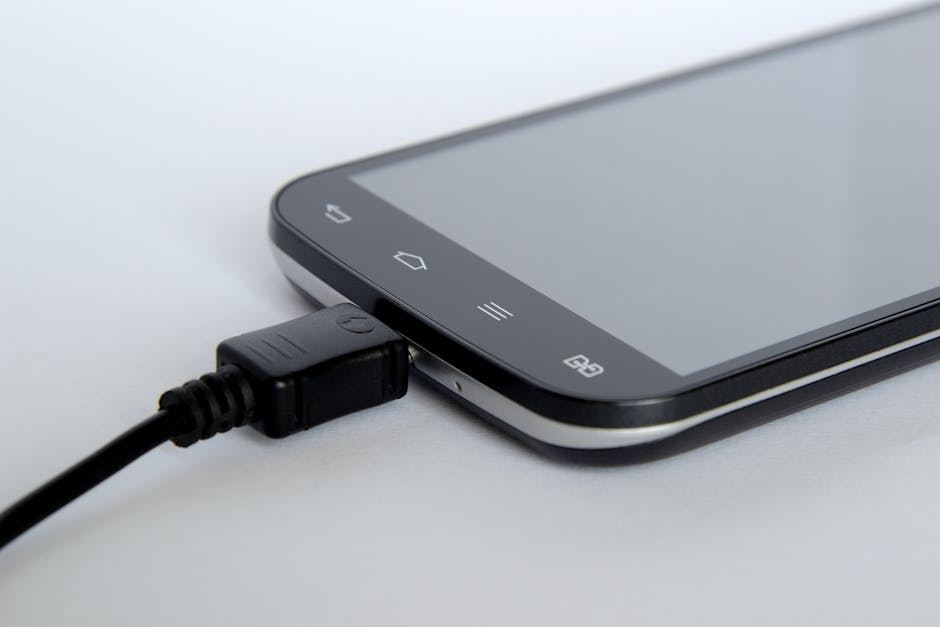Kinds of Batteries

Here are the different types of batteries:
- Nickel cadmium (NiCad) is used by many electronic gadgets like cell phones, computers, old motherboards, and cordless phones. It is a highly known rechargeable battery that loses its charge faster when it gets older. This is called the “memory effect.” This happens when the battery thinks it is fully charged but is not. For example, the battery thinks it is 100% charged when in fact, it is just say 70% charged. This will result to shorter gadget usage. NiCad battery is made of nickel, in the form of Nickelic Hydroxide and Cadmium. Moreover, this heavy metal battery is not environmental friendly. If you are buying a new battery, look at the sticker. If it is not NiCad, then you do not have a problem.
- Nickel Metal Hydride Batteries (NiMH) appeared in the market in the 1980s to replace the toxic NiCad batteries. Instead of cadmium, it uses hydrogen as its active element. It contains no toxic metals that makes it environmentally friendly, and has a higher energy density. Its capacity is more or less two times the capacity of NiCad. NiMH is also receptive to “memory effect” but in a lesser degree. It is more expensive than NiCad but it is more superior and good for our environment.
- Lithium Ion (Li-ion) is the most common rechargeable batteries in newer laptops. Li-on is lighter compared to NiMH batteries and can provide an increase when it comes to the total charge capacity. This is good when it is crunch time. Compared to NiMH that automatically discharge 30% power in a month’s non-usage, Li-on loses 10% to 15% of its total power making it a better battery. This is the type of battery is ideal to be used in laptops and other mobile devices. The best part? It is environmental friendly.
Laptop batteries degrade, but you can do your part to make sure they last longer by following a few simple steps:
- Make sure your laptop battery is in the right temperature. The guide is, when you are working and you are uncomfortable, your laptop is the same too.
- If you are not using your laptop, make it a habit to drain your laptop battery from 40-60% once a week.
- Make sure that you also discharge and recharge it once or twice year. Experts advise us to remove the battery when you plug in your laptop to avoid overheating.
Lessen the work your battery does. That is the key to a prolonged battery life. If you want to learn more, you can check out the tips on how to care for your laptop battery, and the guide on extending your laptop battery life.



